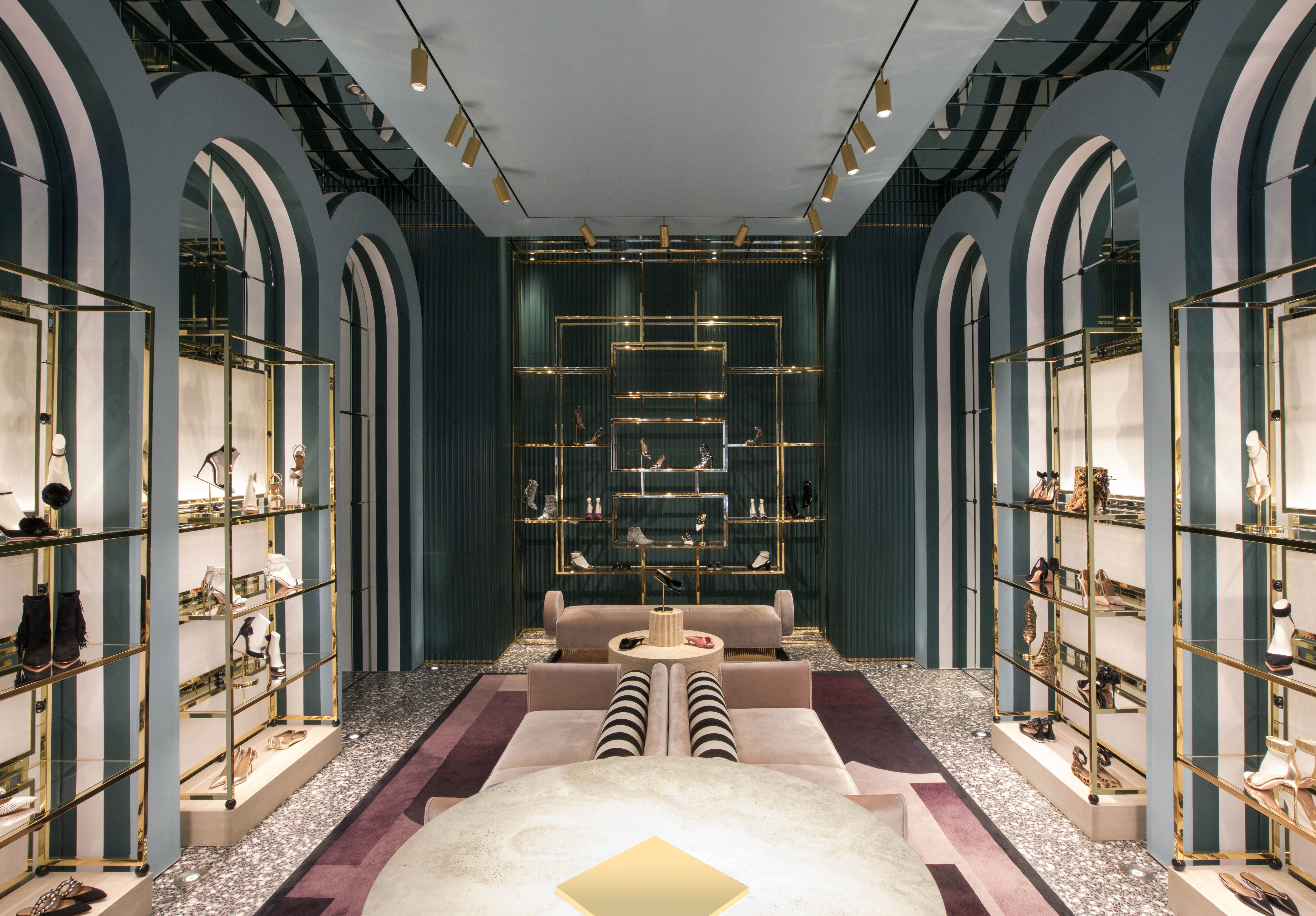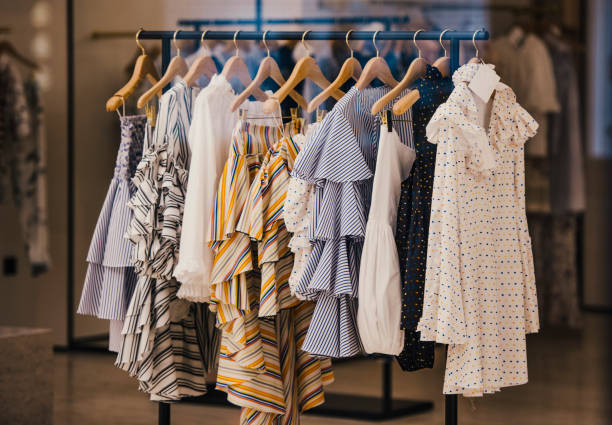Raise Your Wardrobe with Spectacular Boutique Fashion Essentials
A Deep Study the World of High-Fashion Runways: Comprehending Clothing as Art
Developers, much like masterful artists, weave elaborate stories via kind, textile, and color, testing traditional standards and redefining beauty requirements. As we discover these sartorial eyeglasses, we must ponder: what duty does fashion play in shaping social worths, and just how does it show the ever-changing tapestry of human emotion and identity?
The Evolution of Runway Shows
The trajectory of runway shows has transformed significantly over the decades, developing from special sector occasions to exciting eyeglasses that mix fashion with art. Typically, runway shows made love events, kept in ateliers or little places, primarily participated in by buyers and industry experts. These early presentations concentrated on the garments' craftsmanship and business practicality, supplying a direct and functional screen of seasonal collections.
As the garment industry expanded, the nature of runway programs started to transform. The 1970s and 1980s marked a turning factor, with developers seeking to distinguish themselves via even more theatrical presentations. This era saw the rise of sophisticated sets, choreographed designs, and thematic narratives, advertising a new age where the runway came to be an experiential platform. The shows changed into a type of storytelling, where each collection communicated an unique narrative or idea.
In recent times, innovation and social media sites have better reinvented path shows, making them obtainable to a global target market. Livestreaming and digital systems have actually democratized style, enabling fanatics worldwide to witness these events in real-time (boutique fashion). This evolution shows a more comprehensive social change, where high-fashion paths function as a vibrant crossway of efficiency, technology, and style
Designers as Visionary Artists
Designers in the high-fashion industry have actually blurred the lines in between practical garment production and the conceptual realm of art. By welcoming artistic disciplines such as sculpture, paint, and avant-garde setups, developers craft garments that test traditional fashion norms and elevate them to art forms.
Visionary designers attract motivation from a myriad of resources, consisting of abstract art, historical referrals, and individual stories. They possess an unique ability to visualize and emerge concepts that push the limits of standard style, typically redefining aesthetic paradigms at the same time. This innovative resourcefulness is showcased through remarkable shapes, innovative materials, and complex workmanship, which invite audiences to experience fashion as greater than simply wearable things.
Moreover, the runway acts as a canvas for these musicians, where lights, songs, and established design coalesce to create immersive experiences. These presentations are not simply screens of garments yet are orchestrated performances that evoke emotion and provoke thought, verifying the developer's role as a true artist in the modern social landscape.
Social Impacts in vogue
Social tapestry weaves its detailed patterns right into the textile of style, affecting developers globally. The vibrant interchange of social stories, customs, and signs educates and motivates collections that grace high-fashion runways. Designers meticulously attract from their heritage or involve with societies unique from their own, crafting garments that act as visual stories. This social discussion not only enriches the aesthetic variety yet likewise promotes a deeper understanding and admiration of international identifications.
The influence of culture on style is typically seen in the reinterpretation of traditional garments and patterns. The use of Japanese bathrobes, Indian saris, or African prints in contemporary style mirrors a blend of social authenticity and contemporary aesthetics. Designers such as Valentino's Pierpaolo Piccioli and Alexander McQueen's Sarah Burton have actually been known to integrate abundant cultural themes right into their couture collections, equating background into wearable art.

Technology in Textile and Layout
Technology in textile and layout continually improves the landscape of high-fashion, pressing limits and redefining possibilities. In recent times, technological developments have significantly added to this advancement, presenting products that test traditional perceptions. Textiles ingrained with clever fibers, with the ability of transforming color or regulating temperature, are no more restricted to the realm of sci-fi. Developers are significantly checking out the integration of technology, such as 3D printing, which enables the development of complicated structures that were formerly inconceivable.
Moreover, sustainability has actually become a crucial theme in textile development. The garment industry is observing a surge in making use of green materials, originated from recycled plastics, natural fibers, and even eco-friendly elements. These technologies not only supply new appearances and aesthetic a knockout post appeals but likewise address essential environmental worries. Designers are accepting these products to craft garments that are both aware and visually striking of their eco-friendly impact.
In terms of design, avant-garde silhouettes and experimental types are continuously reinventing the path. By including unconventional materials and advanced techniques, developers cultivate garments that blur the line between fashion and art, setting new standards for creativity and expression in the high-fashion sphere.
Impact of Fashion on Society
Style possesses an extensive impact on culture, serving as both a reflection of cultural identity and a stimulant for social adjustment. Via its advancement, style has mirrored societal shifts, enveloping the zeitgeist of numerous ages. The flapper dresses of the 1920s embodied a newly found feeling of women's liberation, while the vibrant prints of the 1960s resembled the innovative visit the website spirit of the time. High-fashion runways, specifically, work as systems for challenging standards and redefining elegance requirements. Designers make use of these locations to deal with pressing social concerns, from sustainability to diversity, thereby forming public discourse.
In addition, fashion has the power to bridge social voids, cultivating understanding and admiration amongst varied groups. As globalisation increases, the cross-cultural exchange of style concepts ends up being progressively substantial, promoting inclusivity and variety. The increase of streetwear, originating from metropolitan subcultures, illustrates exactly how fashion can transcend socio-economic borders, providing people a means of self-expression and empowerment.
Basically, fashion is not just concerning visual appeals; it is a dynamic force that affects worths, perspectives, and social progression (boutique fashion). By continually communicating with social and social currents, style stays an indispensable part of the cumulative human experience

Conclusion
Designers, similar to visionary artists, manage collections that show identification, feeling, and social narratives, challenging standard looks. This crossway of style and artistry not just astounds audiences worldwide yet additionally influences social understandings and promotes a deeper gratitude for social variety.

Social tapestry weaves its detailed patterns right into the material of style, affecting designers worldwide.Style possesses a profound influence on culture, offering as both a reflection of social identity and a driver for social modification.